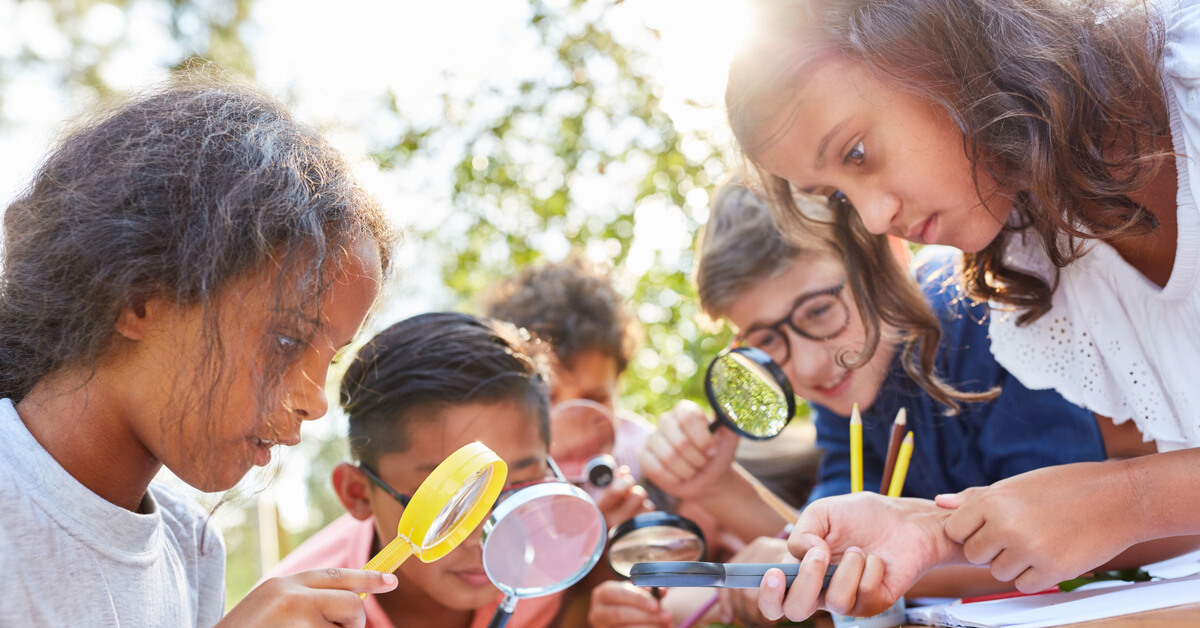After the lockdowns and restrictions of learning to live with COVID-19, most people realized the value of just being in nature with its benefits for mental health and physical wellbeing. The Japanese have a term called ‘forest bathing’ (shinrin-yoku) where you just immerse yourself in nature. Remember this isn’t exercise: it is more like a mindfulness activity where you slow down and absorb the experience of being in the forest by engaging your senses. You look, smell, listen and touch; through your senses, you connect to de-stress and relax. Studies show even a two-hour forest bath will help you be calm and stay in the moment.
How does ‘forest bathing’ relate to creativity? When are we at our most creative and innovative? According to our knowledge of how the brain affects how we learn, creativity and innovation are optimized if our brain is in a relaxed state. Our use of technology often hinders our ability to relax as the addiction to checking social media and FOMO impact our actions. Can we use our connection to nature as a strategy to activate our creativity and help us to solve problems?
In our 2020 interview with Dr. Jane Goodall, we raised…


